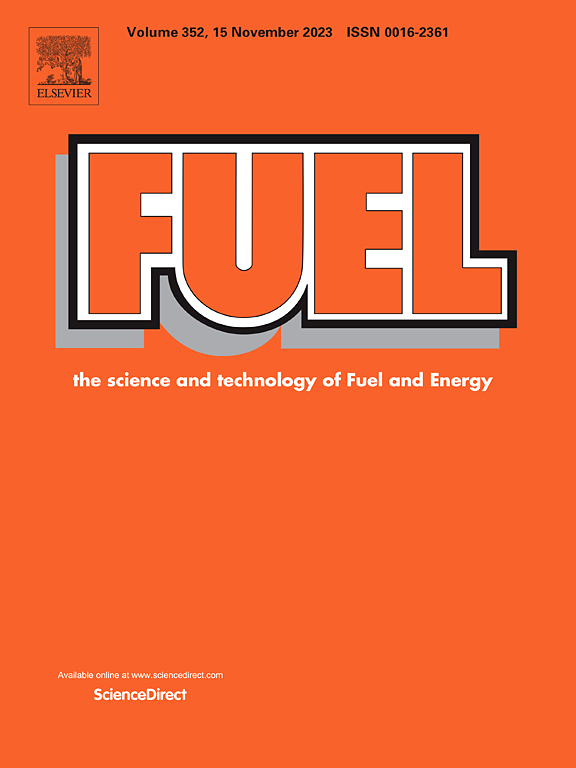Water-soluble polymers inhibit methane hydrate formation: A molecular dynamics simulation study
IF 6.7
1区 工程技术
Q2 ENERGY & FUELS
引用次数: 0
Abstract
The formation and stability of methane hydrates have significant implications for energy development and carbon capture and storage (CCS) technologies. This study employs molecular dynamics simulations to investigate the influence of commonly used reservoir modification polymers (PAM, HPAM, and PAA) on methane hydrate formation. The results indicate that the inhibition mechanisms of these polymers primarily manifest in three aspects: their ability to occupy active sites on the hydrate surface, adsorb methane molecules in the solution, and form hydrogen bonds with water molecules. Furthermore, the effectiveness of these mechanisms largely depends on the number of carboxyl groups on the polymer chains. Specifically, HPAM exhibits optimal inhibition performance due to its moderate methane adsorption capacity and rigid molecular structure, which minimize bubble formation, facilitate hydrogen bonding, and effectively occupy hydrate surface active sites. In contrast, PAA demonstrates inferior inhibition effects because its molecular chains tend to curl, reducing their ability to occupy active sites, while excessive methane adsorption weakens hydrogen bond formation with water molecules. PAM shows intermediate inhibition performance due to its weaker methane adsorption capacity and moderately rigid molecular chains. This study advances the understanding of the molecular mechanisms underlying polymer-mediated inhibition of methane hydrate growth.
求助全文
约1分钟内获得全文
求助全文
来源期刊

Fuel
工程技术-工程:化工
CiteScore
12.80
自引率
20.30%
发文量
3506
审稿时长
64 days
期刊介绍:
The exploration of energy sources remains a critical matter of study. For the past nine decades, fuel has consistently held the forefront in primary research efforts within the field of energy science. This area of investigation encompasses a wide range of subjects, with a particular emphasis on emerging concerns like environmental factors and pollution.
 求助内容:
求助内容: 应助结果提醒方式:
应助结果提醒方式:


